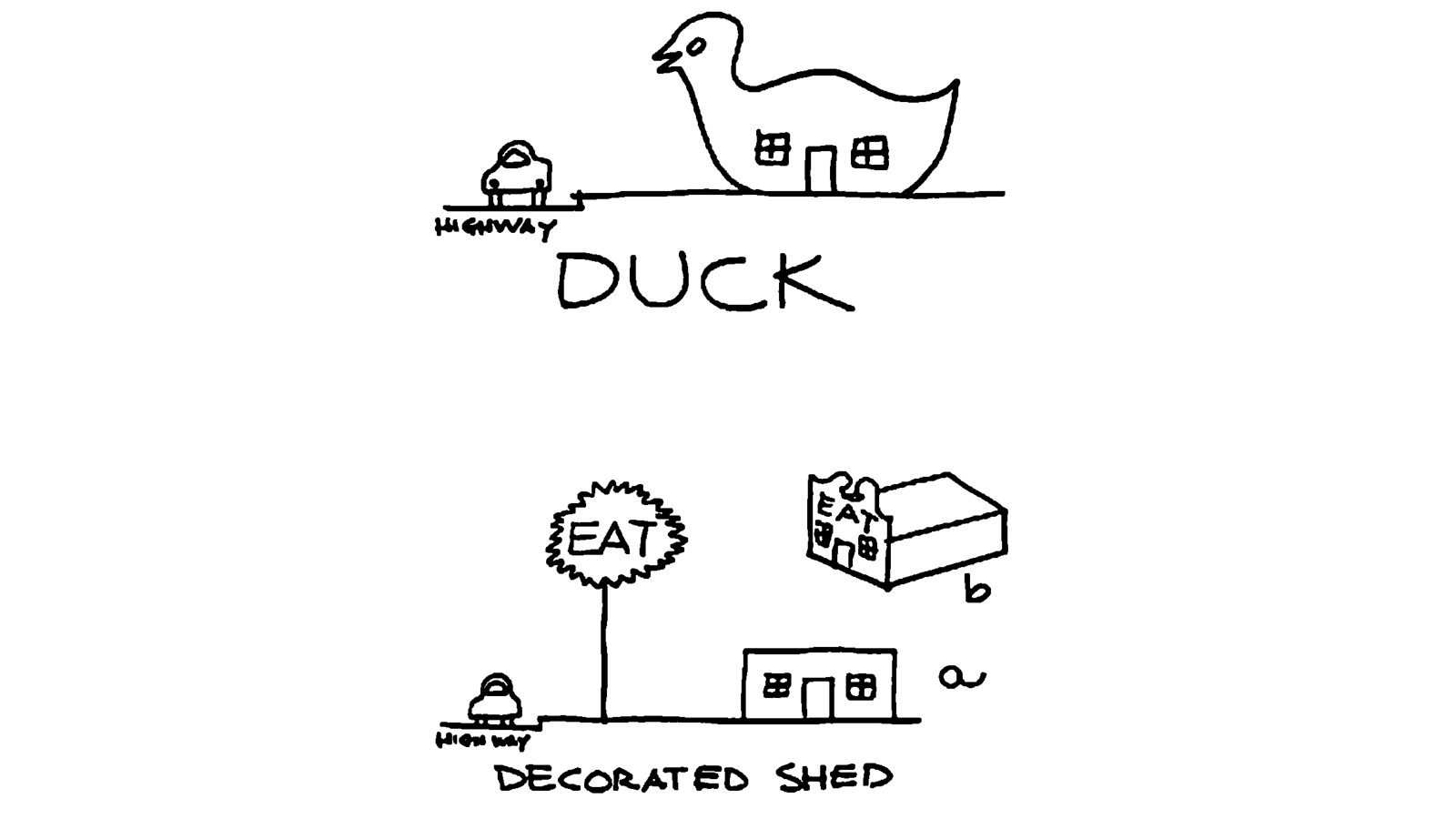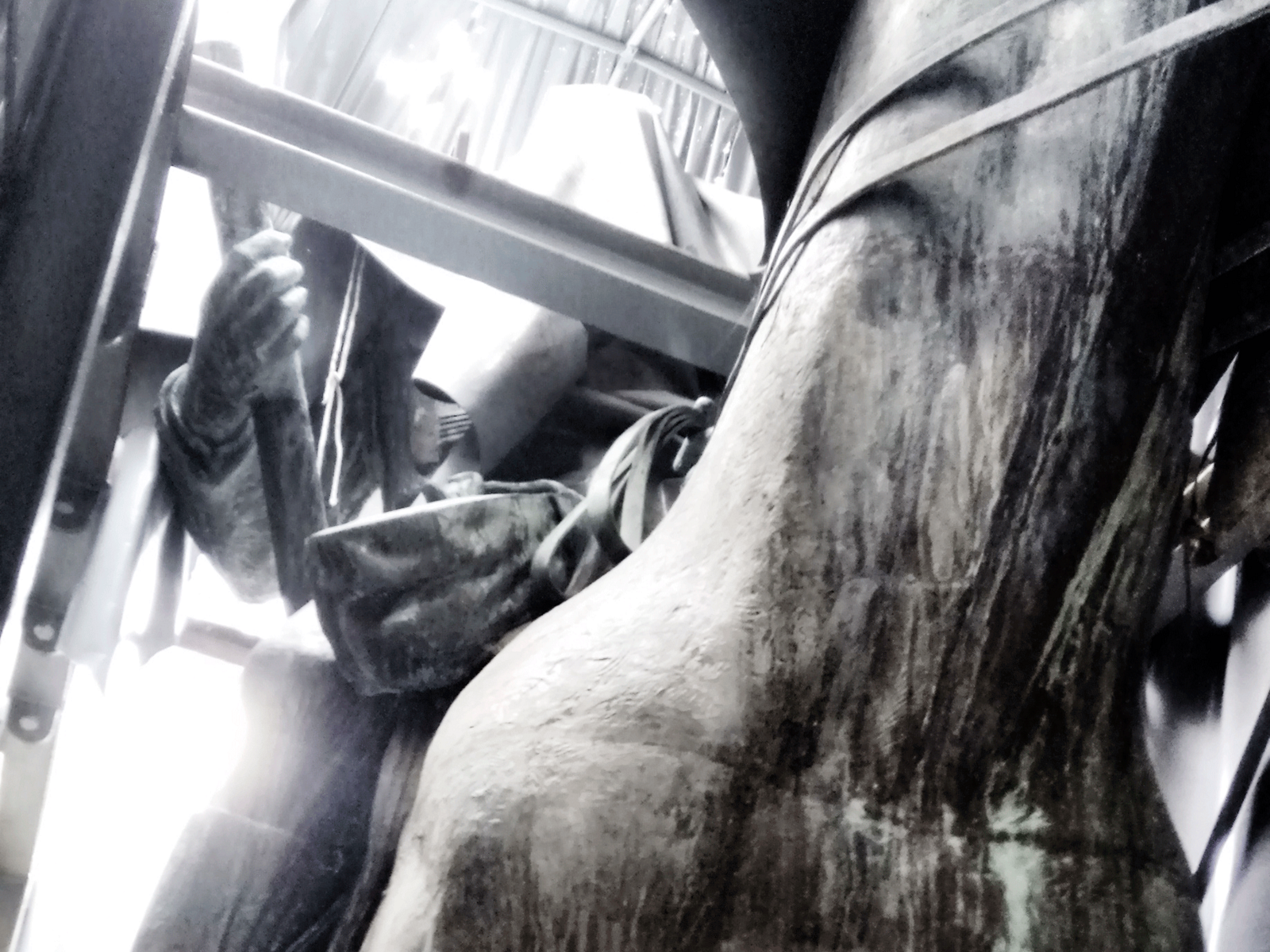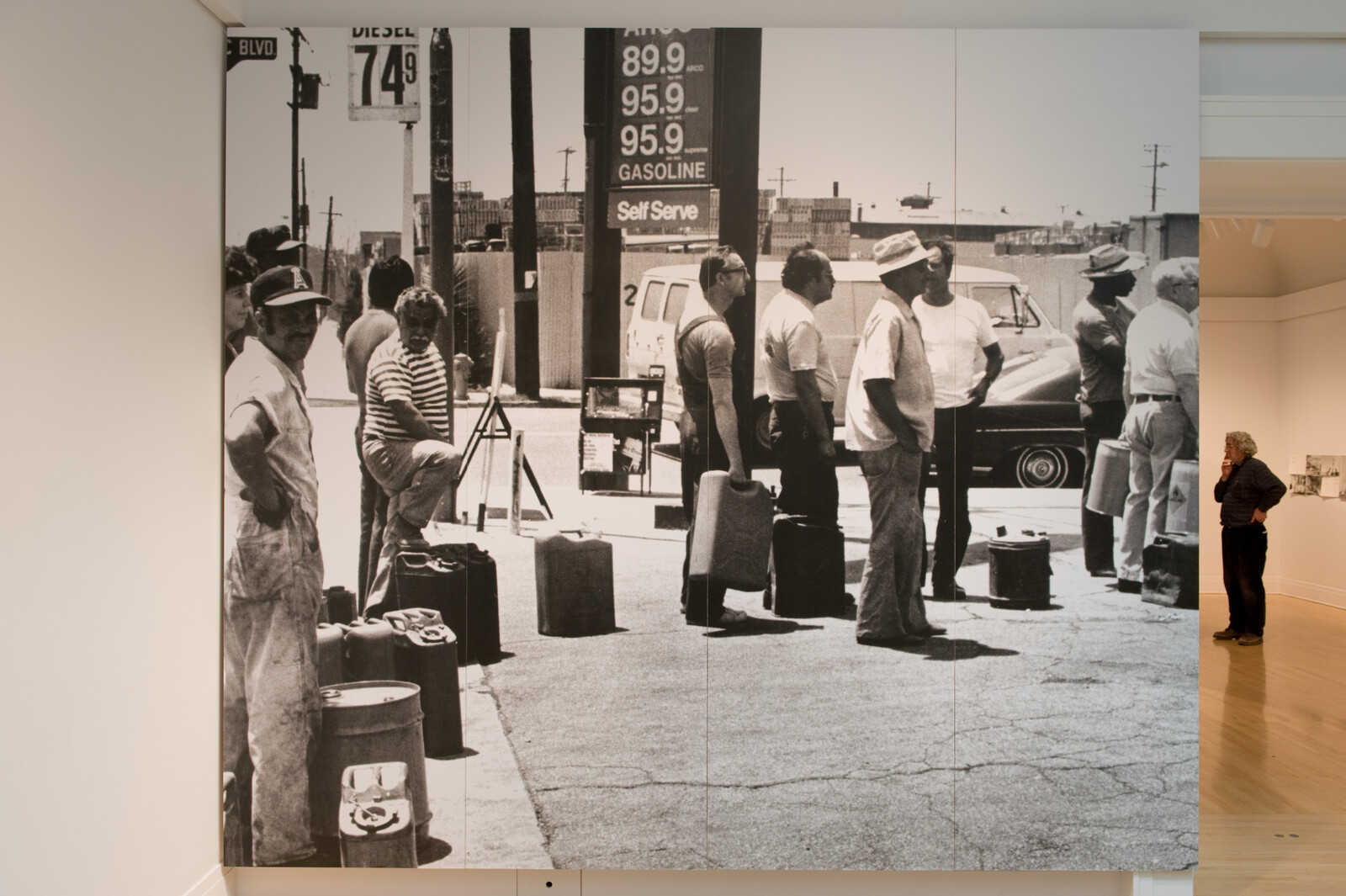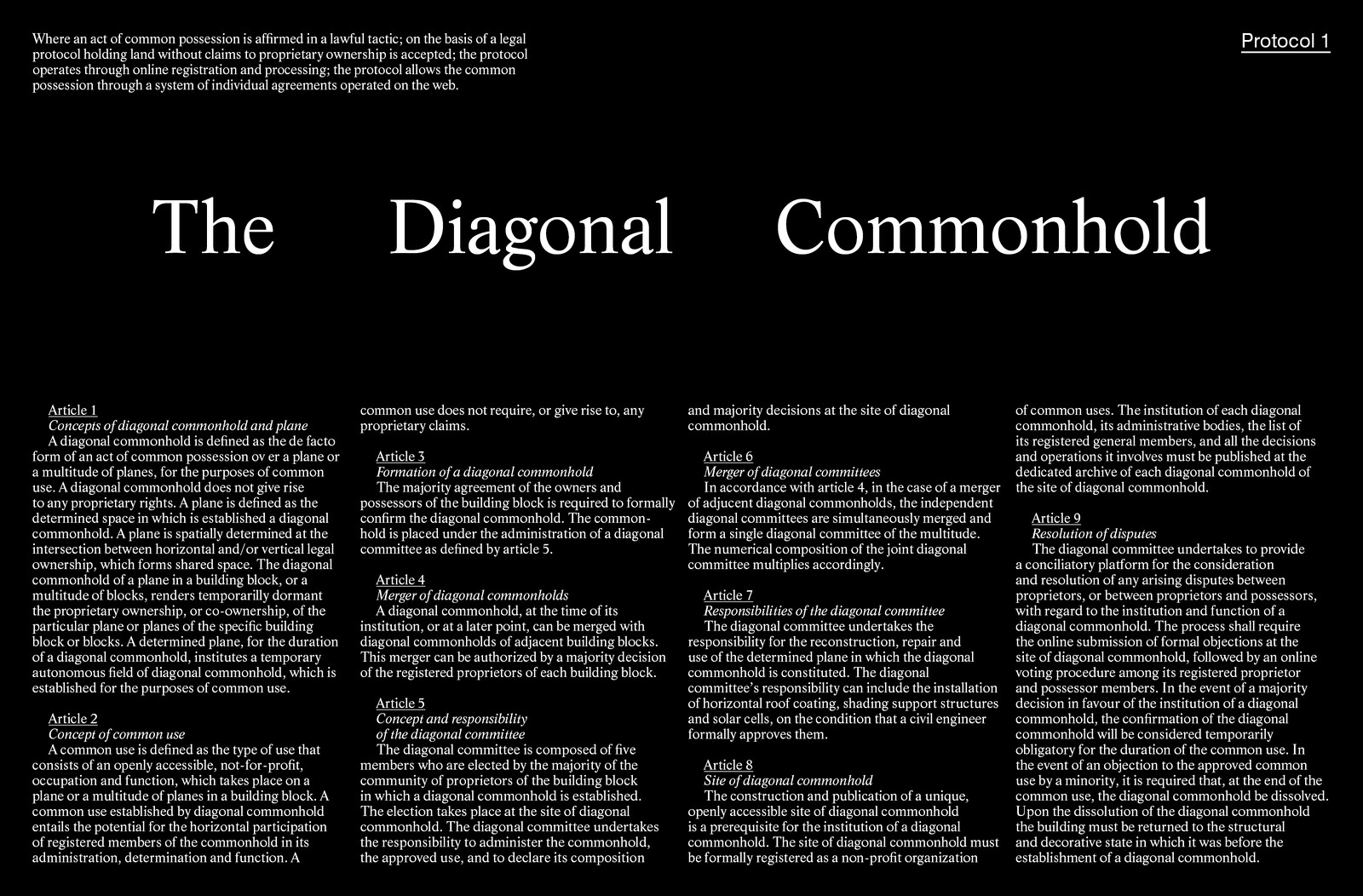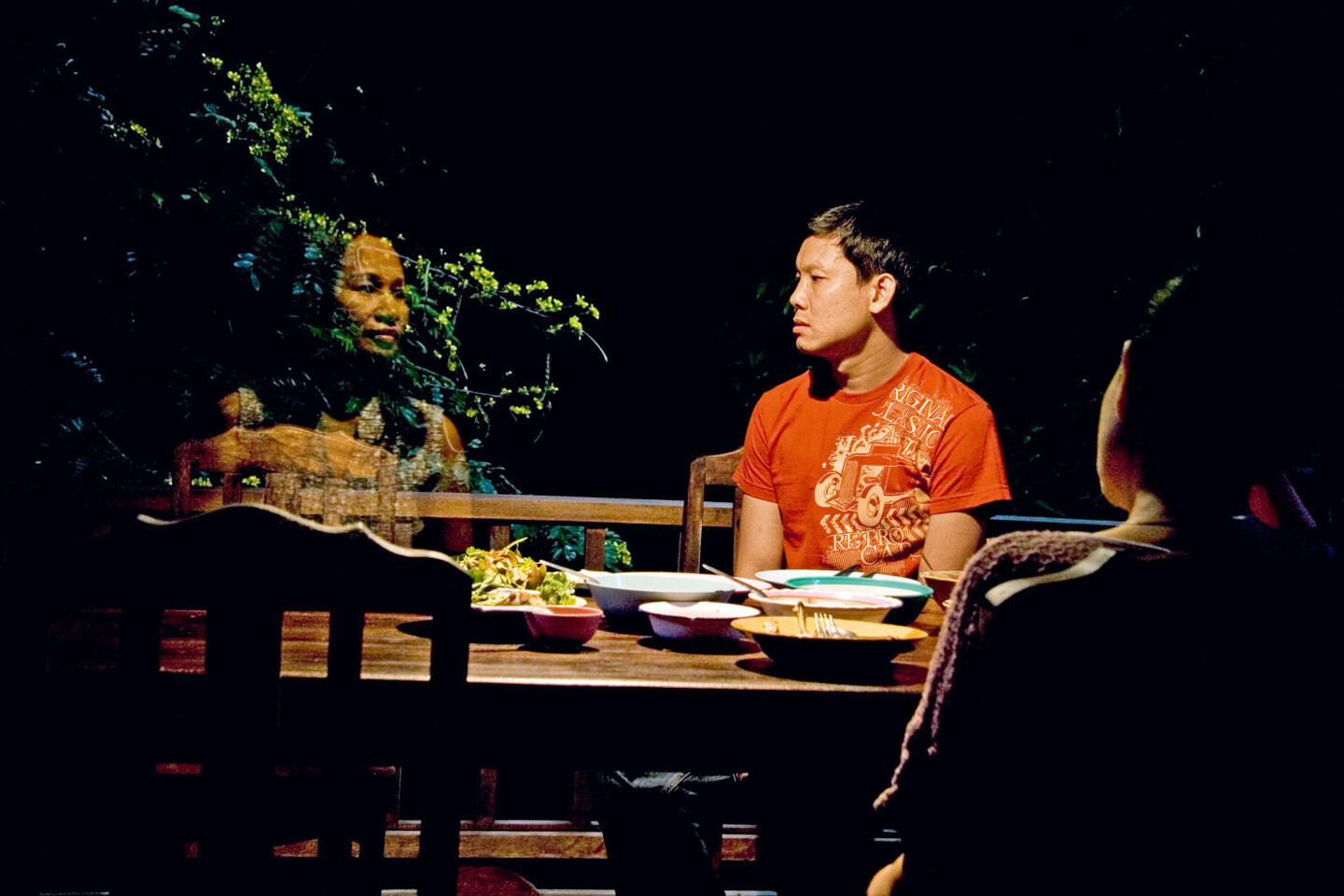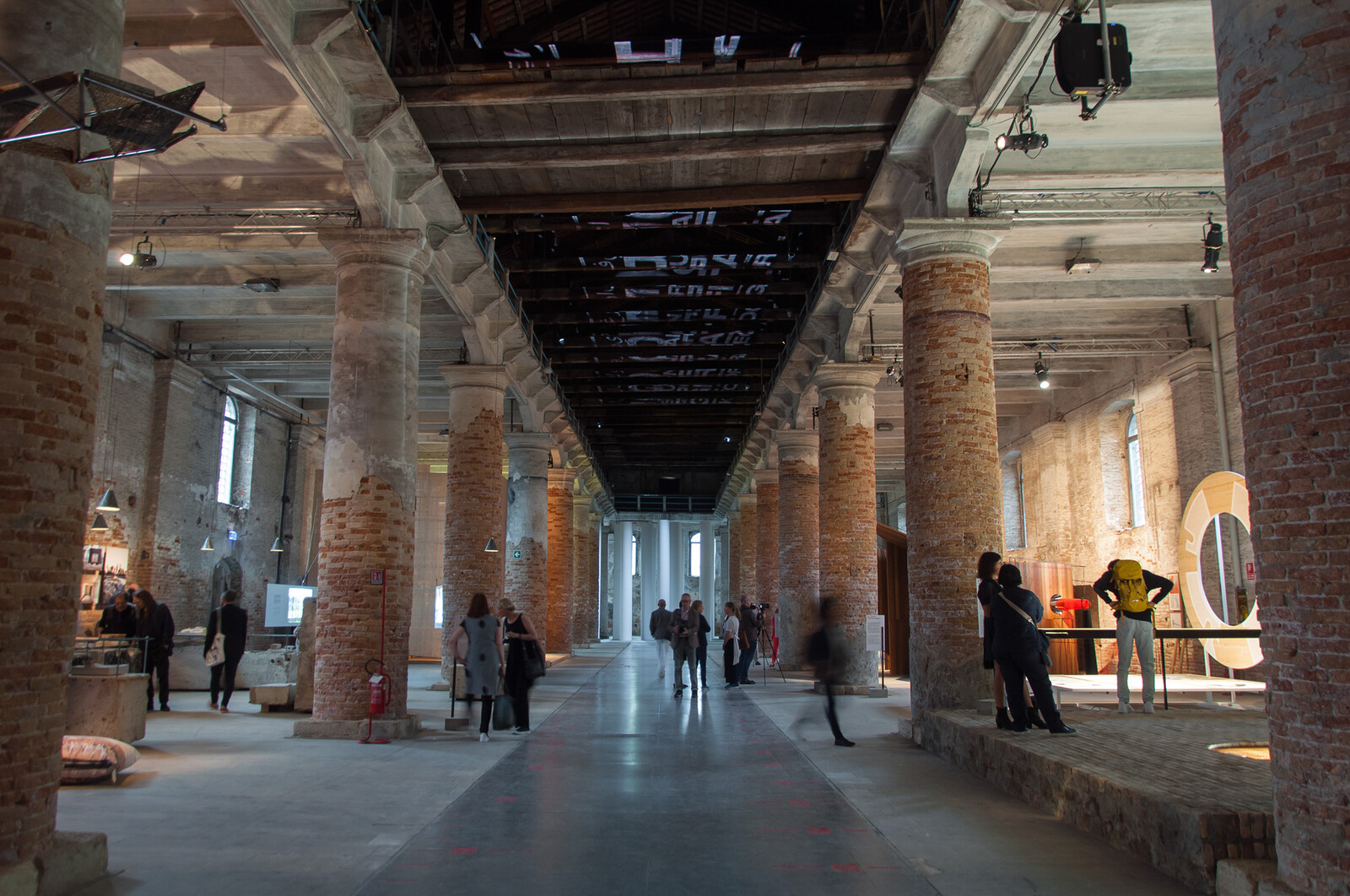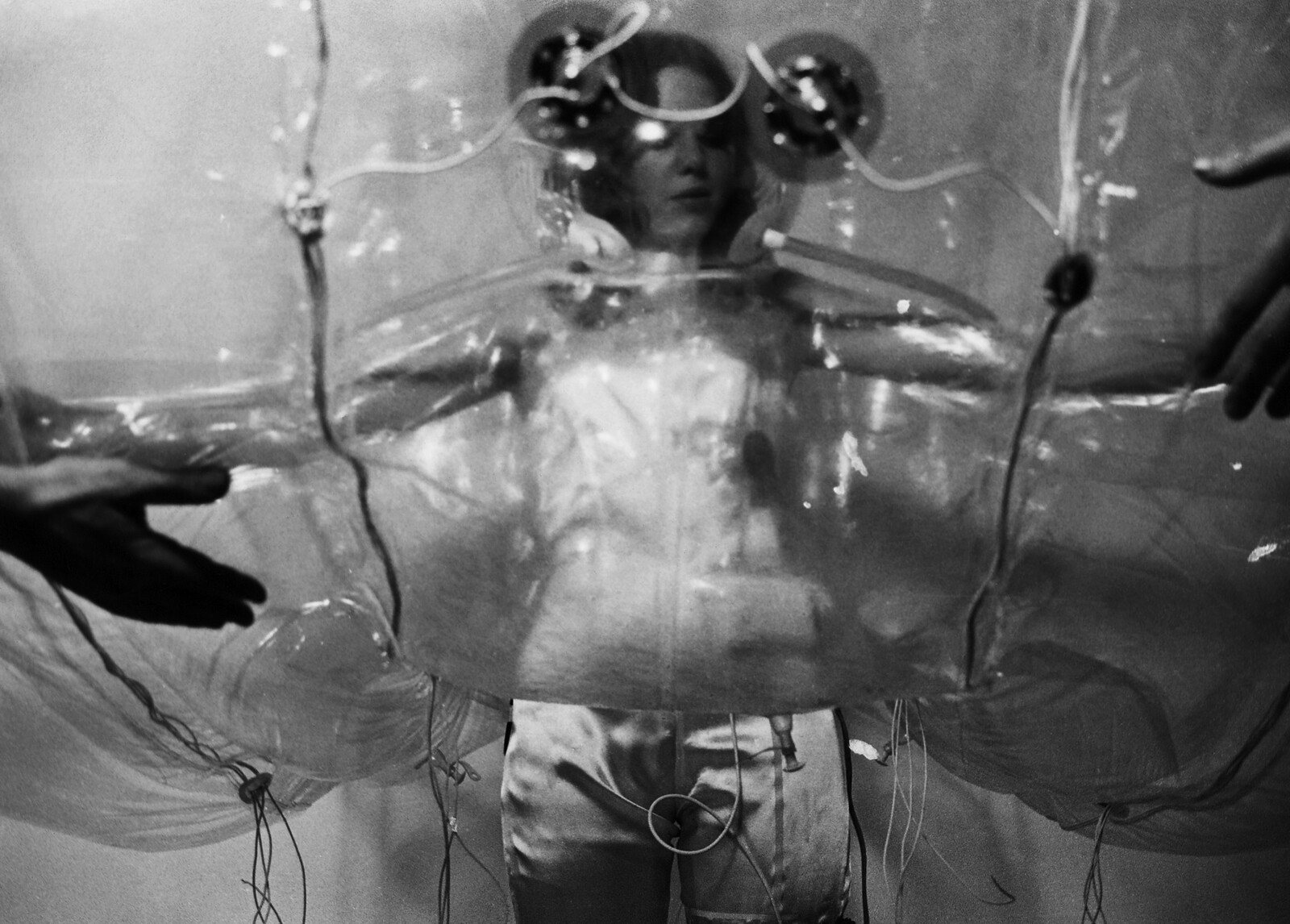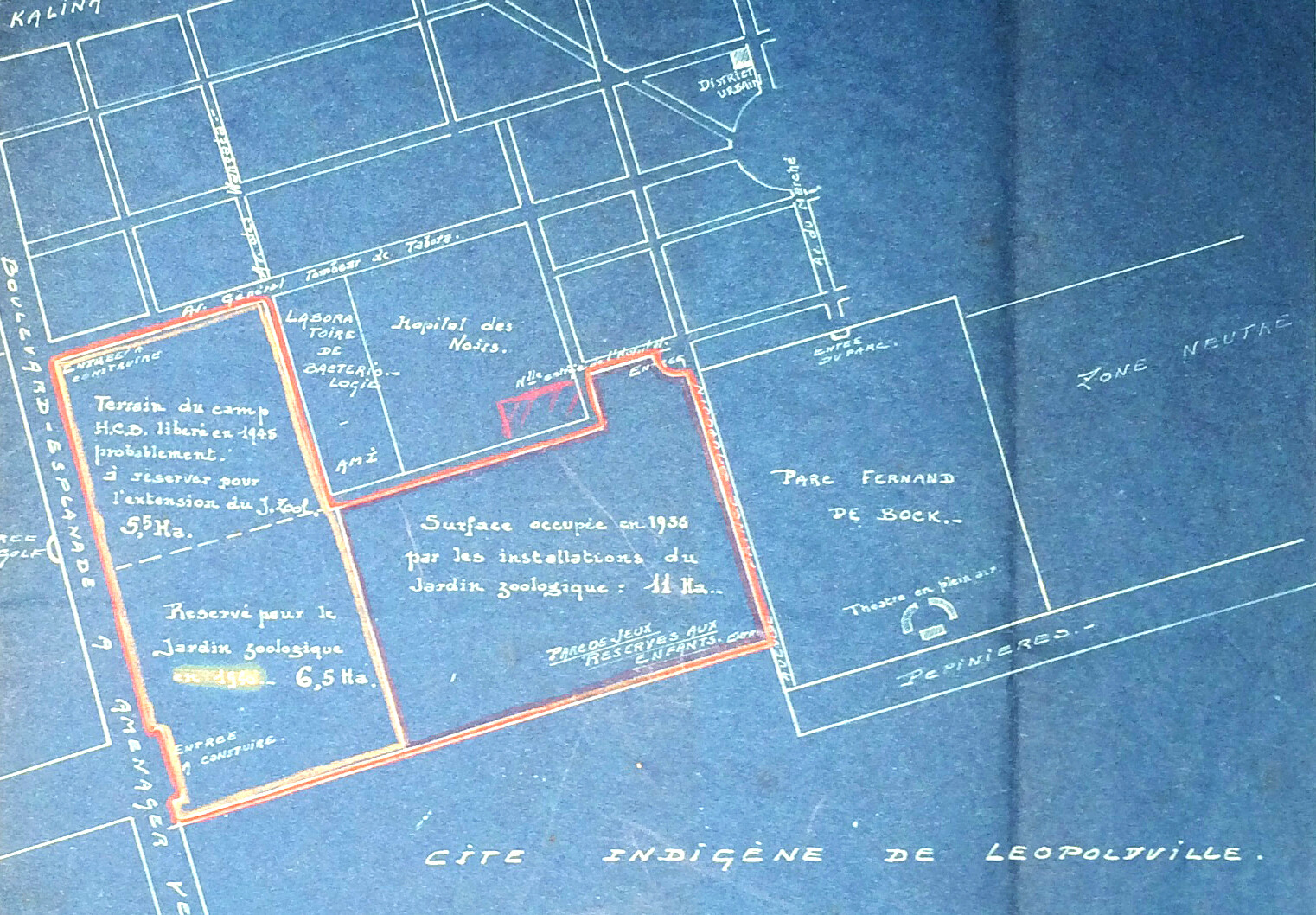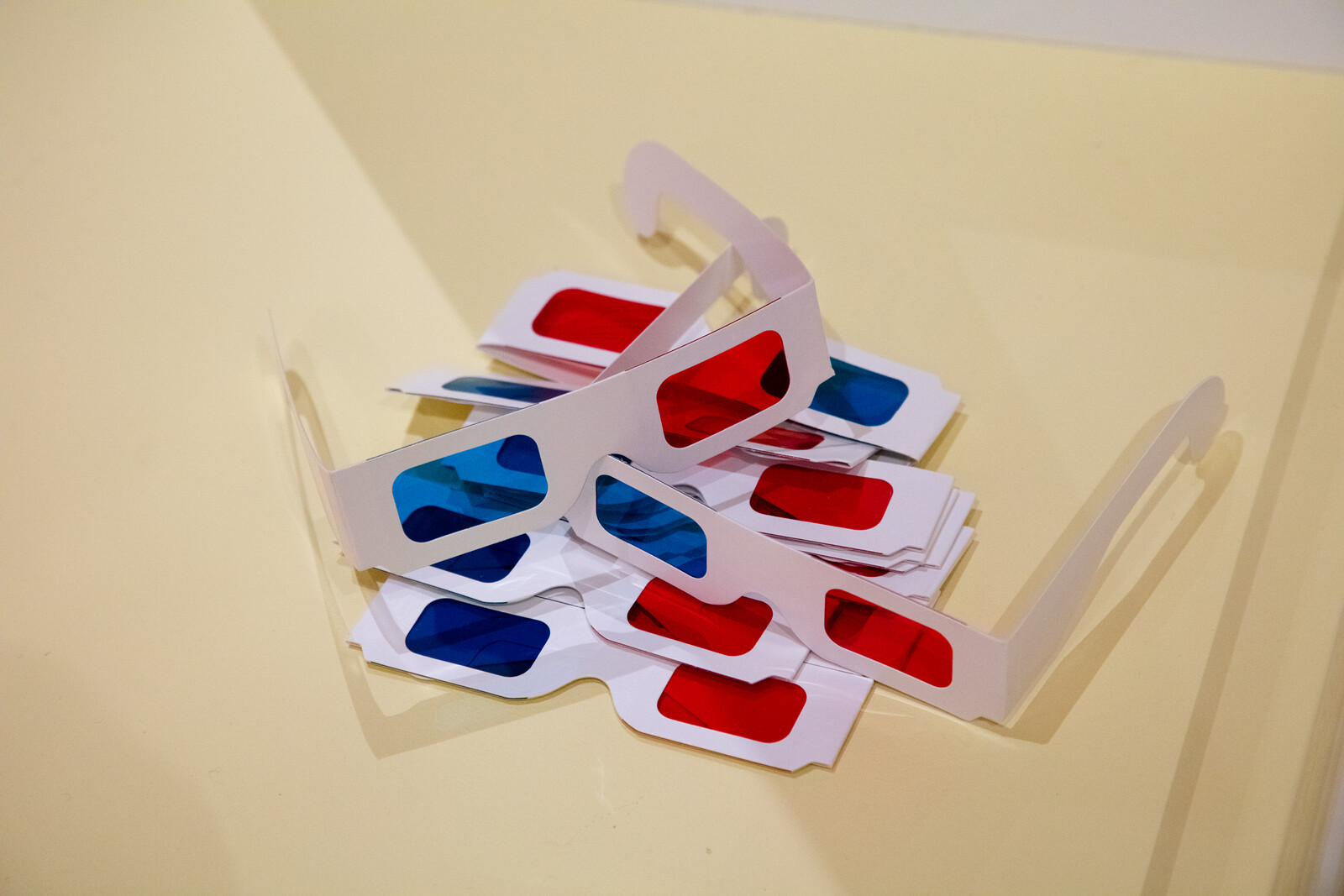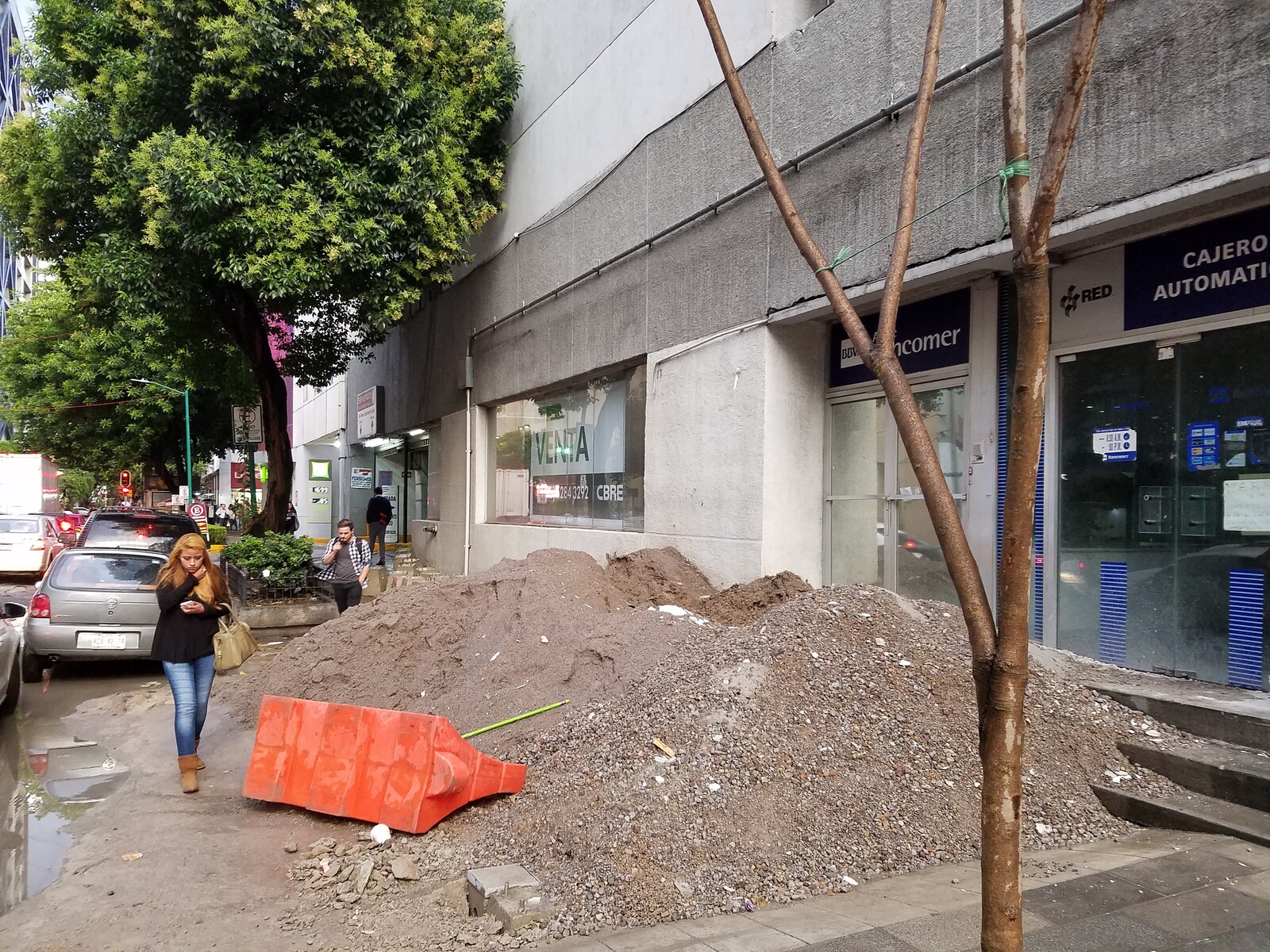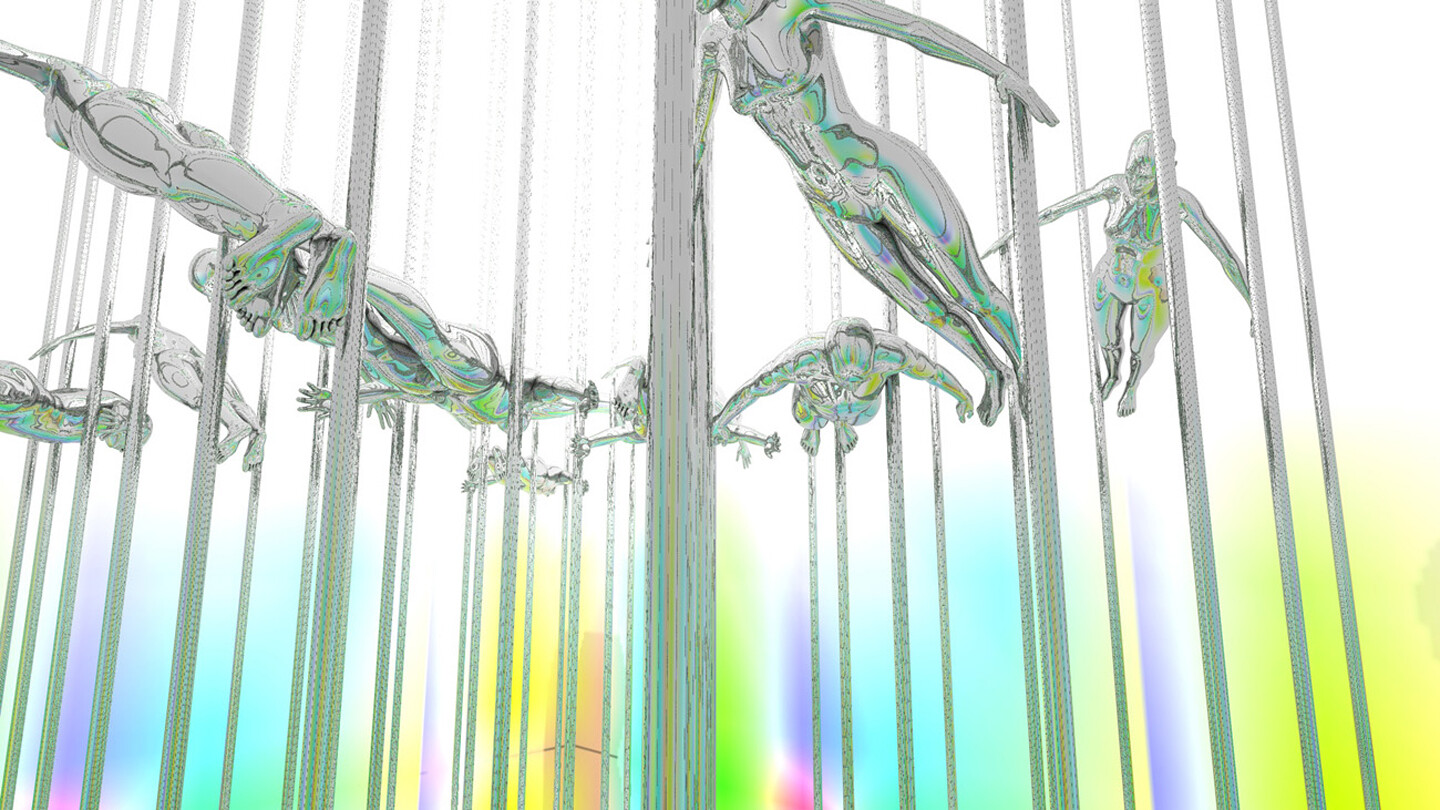The COVID-19 pandemic has included mass social mobilization toward a mutually-accountable separation from one another. Its bioethics sees each of us as a potentially vulnerable or dangerous vector. This is not wrong, but the wrong lessons might be drawn from this. The epidemiological model of society shows us not as singular and discrete beings, but rather as part of a heaving plurality. (By contrast many digital platforms represent society as only singular and discrete beings, subsequently linked by secondary networks.) Looking toward a post-pandemic politics, the problem of over-individuation within the systems we use to model ourselves is compounded by the physical isolation each of us experiences in extended rhythms of lockdown. The situation has brought new cultural and interpersonal realities, many of them unfamiliar and uncomfortable, such as the tense choreography of social distancing and vocabularies of touchlessness.
How, when each of us is forbidden to touch, can a renewed sense of our biopolitical entanglement emerge? It may come through a recognition that societal care is not only a personal, face-to-face, and skin-to-skin experience, but something that also happens at a distance, through impersonal systems upon which each of us relies. These too are social relations. Technological mediation between us is a principle, not a secondary complication. The solidarities that bind us cannot be reduced to direct experience; they are also found in how we build systems for those we never meet. In these ways as well, sensing and sensibility align.
There is then a link between the over-individuation of societal modeling and the insistence that direct and “unmediated” touch is not only preferable to remote engagement, but that it is authentic in ways that mediated social relations can never be. This is not only a misrecognition of what touch is, it is also a suppression of the sociality of relations we all hold with one another as part of a common biological and technological world. It is a belief that drags attention away from mutual entanglement on behalf of privatized communicative experiences.
The problem then is not exactly the prioritization of intimacy over remoteness, but rather the disqualification of remote intimacy that societal-scale health care demands. It leads to the negative suspicion of models themselves, on the grounds that their abstractions cannot represent the only things that supposedly really matter, which are phenomenological, not epidemiological. This is not just anti-intellectualism through the hyperinflation of aesthetics; it is a specific and expensive form of resistance to the implications of a biotechnical reality. Therefore, in relation to the sensing layer more generally, positive biopolitics must collapse the dichotomization of interpersonal and infrastructural modes of sensing. We must see them instead as mutually reinforcing.
Cameroonian philosopher Achille Mbembe and I come to different but not necessarily irresolvable conclusions about how planetary-scale computation supports the project of reason and a viable planetarity. However, on what makes the experiential privatization of subjectivity deeply problematic for that project, we are in clear agreement when he writes:
What’s striking … is the apparent shift from a politics of reason to a politics of experience… In the eyes of many, personal experience has become the new way of being at home in the world. It’s like the bubble that holds the foam at a distance. Experience nowadays trumps reason… We’re led to believe that sensibility, emotions, affect, sentiments and feelings are all the real stuff of subjecthood, and therefore, of radical agency. Paradoxically, in the paranoid tenor of our epoch, this is very much in tune with the dominant strictures of neoliberal individualism.
I would extend this by saying that a privatized subjectivity and the attendant hyper-interiorized individuation hinge on a commitment to the authenticity and efficacy of affect. This embraces the notion that a preferred personal narrativization of the world can, and in fact should, take priority over the cold reality of the planet and its indifferent biochemistries. It is the “culture” in “culture war.” It is not only part of the psychology of the pandemic, it characterizes the rise of populism that, now holding on to power, has mismanaged responses to the pandemic so fatally.
Jean-Luc Nancy, commenting on “touch and touchlessness,” describes how all touch is ultimately and finally touchless, that touchlessness is the basis of our intimacies. As we view a grid of hundreds of viewers in a videoconference, where voices and images of faces surely touch all of our ears and eyes, he reminds us how even the most intimate encounters are mediated by sights and sounds, machines, bodily fluids, membranes, and prescribed behaviors. Knowing what can and cannot be touched is a form of embodied social intelligence. Prohibitions against certain kinds of touching, such as the “touching death” taboo against laying a hand on the corpse of a deceased loved one, for example, have their own obvious “biopolitical” logic in that they prioritize the prevention of disease trans- mission over the personal expression of grief. His most emphatic point is that we are touching and being touched constantly, and thus mediation is not a secondary condition of our embodiment, it is the condition of our embodiment.
Instead of thinking of touch as that which is immediate—without mediation—we understand instead that even as one experience may have more visceral tactility than another, that touching is always to some degree touching at a distance, and across a distance that is not empty but full of mediation. The significance of this for the context of the pandemic is in locating the provision of medical care within the larger, discontiguous social apparatus of sensing. That is, the sensing layer is how the larger social body, in essence, touches itself and senses itself so that another exacting kind of touch, which is this provision of medical care, can be provided.
The models that social sensing produces allow for a general calibration of touch and touchlessness as a matter of intimacy, but intimacy in the form of biopolitical self-composition. For example, among the most intimate technologies of touchlessness is the mask. It is not just an intervention onto the individual body but a collaborative technology that through filtration mediates the proxemic relationship between two or more of us. Because we are always touched by one another’s exhalations, the mask makes the interrelation a matter of shared concern. It prevents contact by the deliberate withdrawal of the space between us, and it is precisely for that reason a way that we care for one another. Put directly, the mask works not because we care—as filtration is indifferent to affective ethics—but rather we care because it works.
A larger transformation of our cities—another collective technology—is also unfolding according to the demands of “touchlessness.” Architects, urbanists, and interaction designers are scrambling to reimagine the post-pandemic city. While they do so, we are amazed at the bottom-up interface design that has transformed restaurants, markets, and other public places. In order for them to remain open, they have reduced their programmatic operations into immunological interfacial regimes of clean and unclean components, plexiglass perforations, and furniture détourned into micro-barricades.
The remaking of these sites in the image of the newly present contagion may be less about removing the question of touch from the equation than about actually reaffirming it. It reintroduces touch directly and viscerally as a variable that had been there all along, but had been forgotten. This context of touch and mediation between bodies and persons in the fulfillment of social encounters had become invisible in conventions like handshakes, which today seem inappropriate. If before touch was not seen as something that needed to be so deliberately calibrated, that is no longer the case. The touch-fulness of these touchless encounters is now something of which we are excruciatingly aware, so we compose the skins and boundaries of the world with understandings we had thought lost.
Positions is an independent initiative of e-flux Architecture.
Category
Subject
This text is an excerpt from Benjamin H. Bratton, The Revenge of the Real: Politics for a Post-Pandemic World (Verso, 2021).
Positions is an independent initiative of e-flux Architecture.

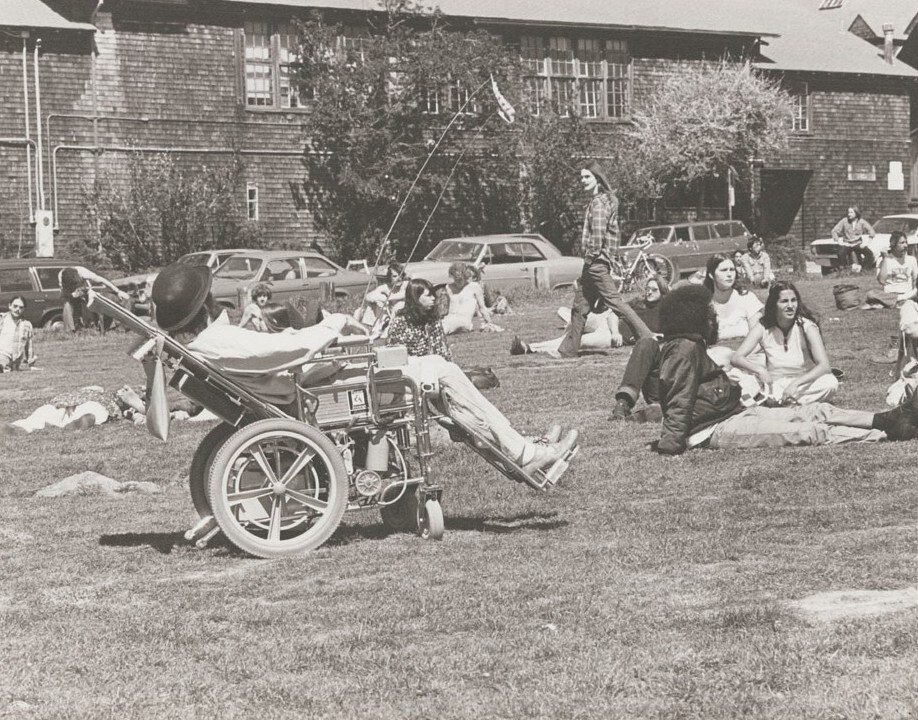








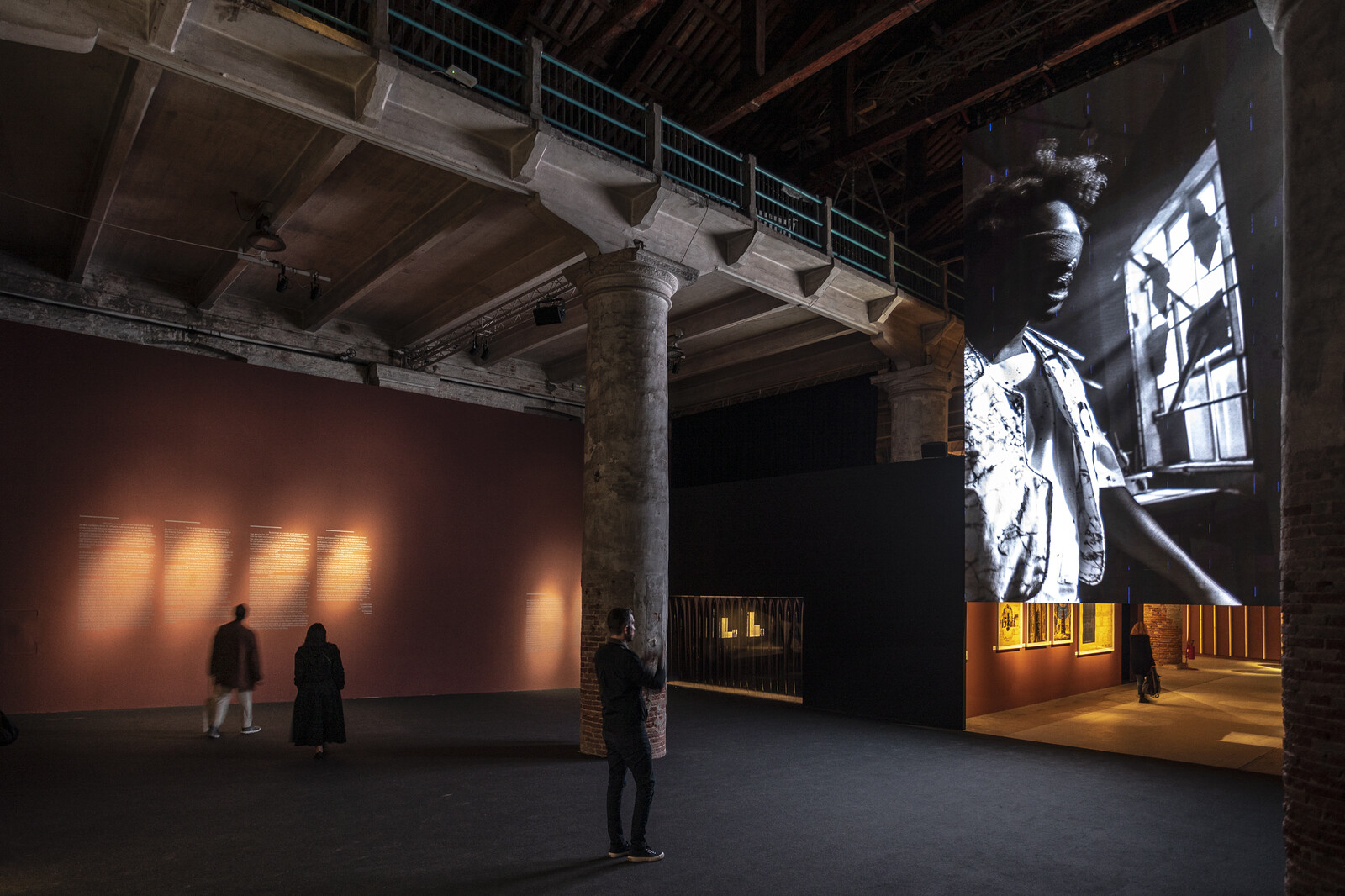






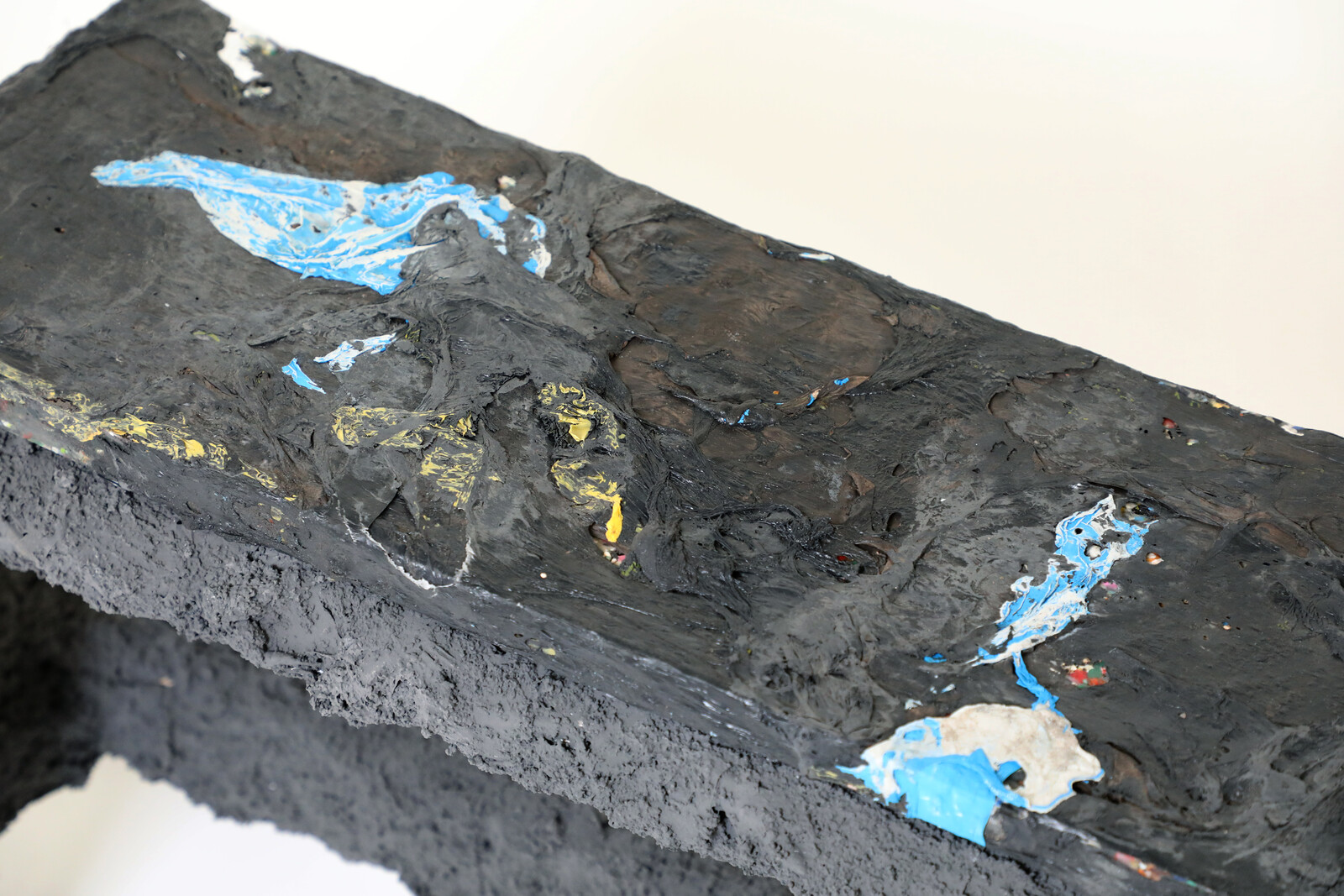





(2014).jpg,1600)


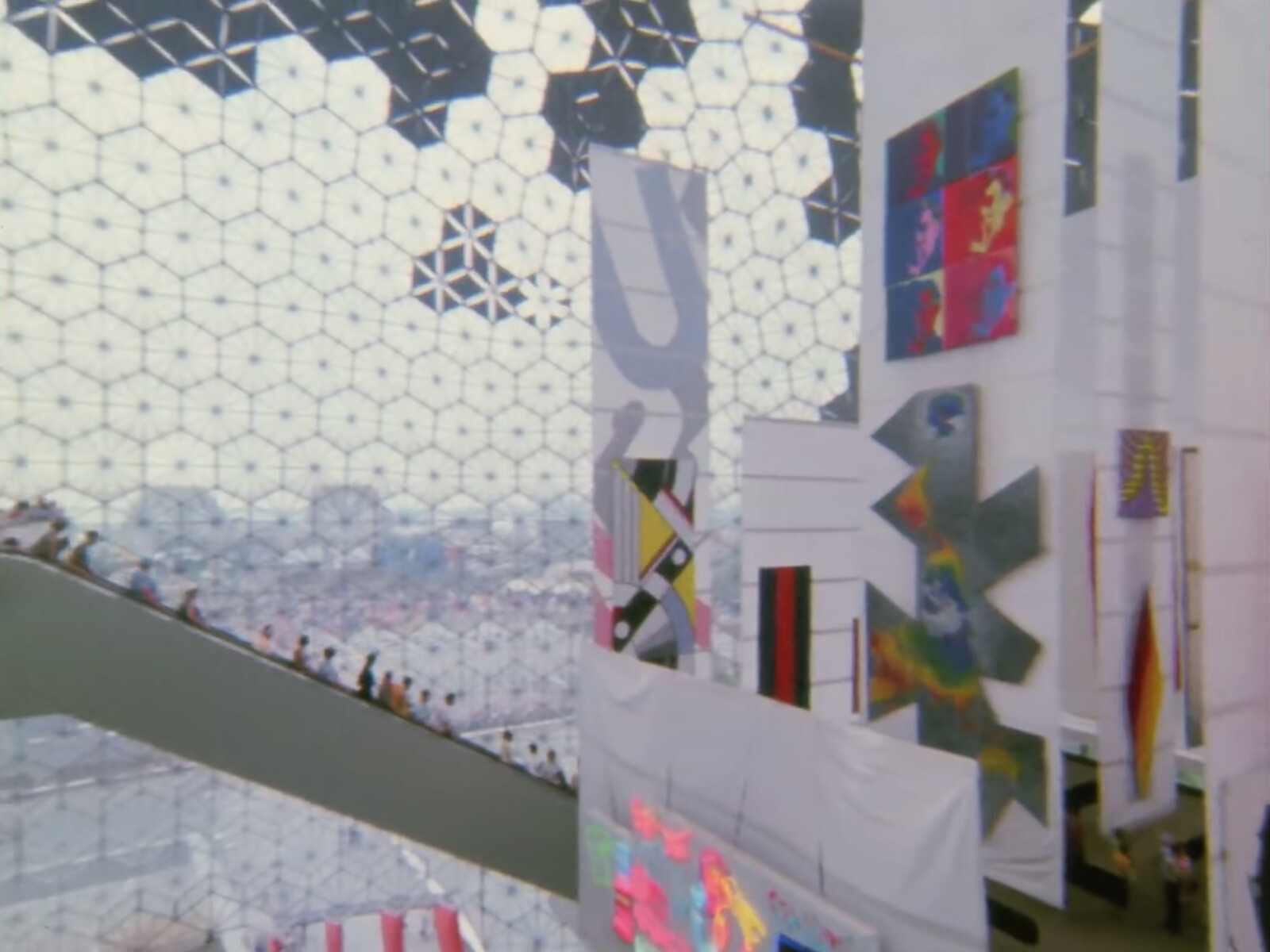


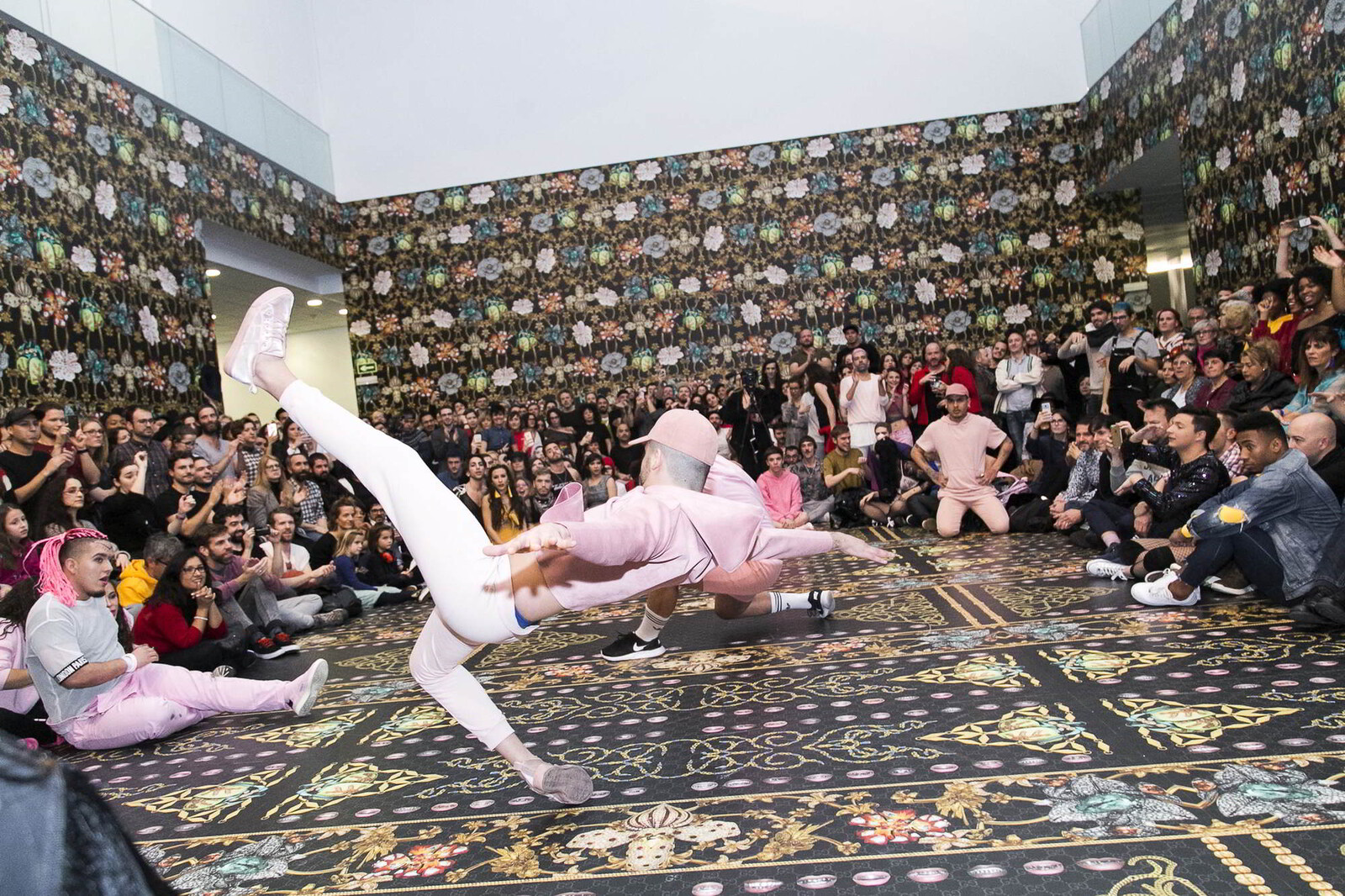





,-2003,-srgb.jpg,1600)
